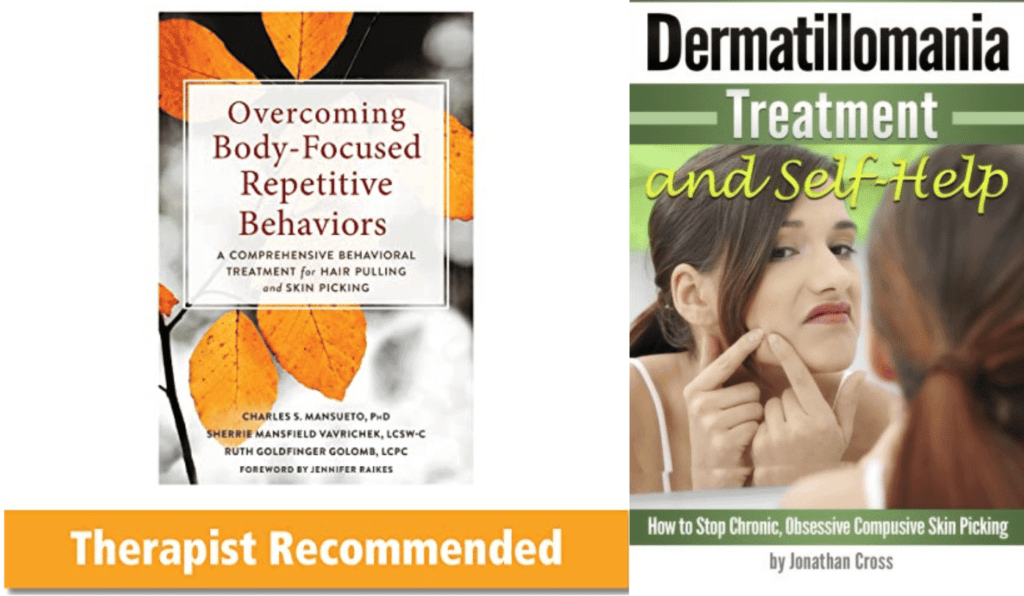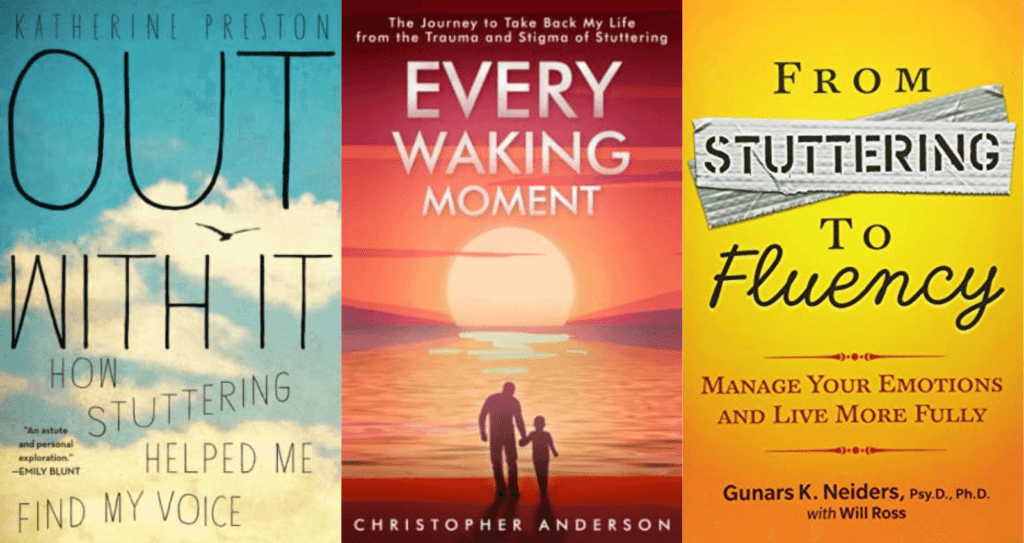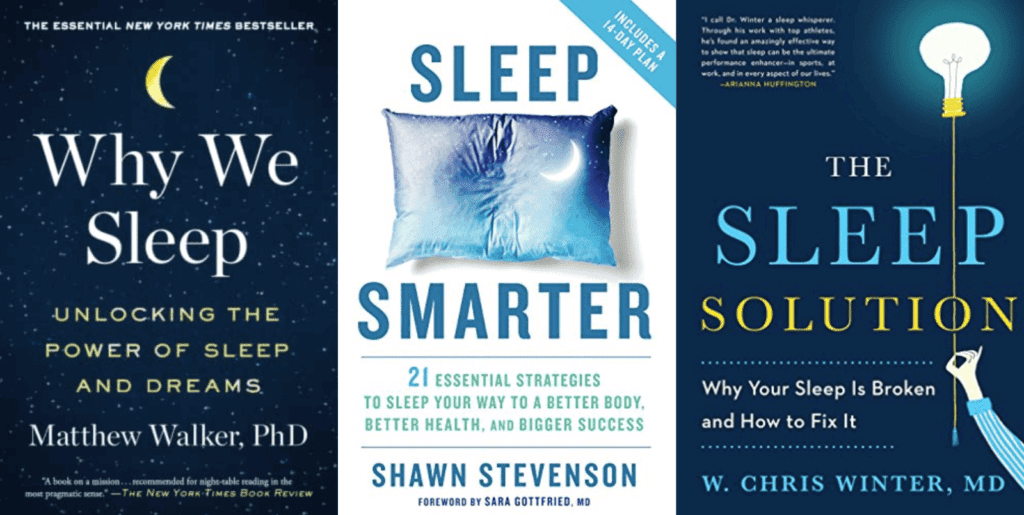The following are some of the best body-focused repetitive behaviors books.
- Body-Focused Repetitive Behaviors Books
- 1. Overcoming Body-Focused Repetitive Behaviors
- 2. Treatment for Body-Focused Repetitive Behaviors
- 3. Skin Picking
- 4. Trichotillomania: Workbook
- 5. Trichotillomania: An ACT-enhanced Behavior Therapy Approach Therapist Guide
- 6. Dermatillomania Treatment and Self-Help
- 7. Trichotillomania, Skin Picking, and Other Body-Focused Repetitive Behaviors
- 8. Trichotillomania Journal
- 9. Color Your Urges
Disclosure: Some of the links below are affiliate links. This means that, at zero cost to you, I will earn an affiliate commission if you click through the link and finalize a purchase.
Body-Focused Repetitive Behaviors Books
1. Overcoming Body-Focused Repetitive Behaviors
By Charles S. Mansueto PhD, Sherrie Mansfield Vavrichek LCSW-C, Ruth Goldfinger Golomb LCPC

With years of experience in treating body-focused repetitive behaviors (BFRBs), the authors provide a wealth of knowledge and practical strategies to address the underlying causes and develop effective treatment plans.
The authors begin by explaining the nature of hair pulling and skin picking, shedding light on their psychological, emotional, and physical impact. They delve into the factors that contribute to the development and maintenance of these behaviors, such as stress, anxiety, and self-esteem issues, providing readers with a comprehensive understanding.
Through this book, individuals and mental health professionals can learn evidence-based behavioral techniques to overcome hair pulling and skin picking. Building upon cognitive-behavioral therapy (CBT) principles, the authors present step-by-step guidance on how to implement habit reversal training (HRT), stimulus control techniques, and mindfulness practices.
Related: How To Step Out Of Denial? Top 10 Steps To Overcome Denial When The Truth Is Heartbreaking
2. Treatment for Body-Focused Repetitive Behaviors
By Stacy K. Nakell

Drawing upon her extensive experience and expertise in treating BFRBs, Stacy K. Nakell provides a comprehensive overview of the various disorders encompassed within this spectrum, including skin picking, hair pulling, and nail biting. With a compassionate and understanding approach, she examines the underlying factors contributing to these behaviors and offers a framework for integrating psychodynamic principles into the therapeutic process.
In “Treatment for Body-Focused Repetitive Behaviors,” Nakell meticulously outlines an evidence-based, integrative model that combines psychodynamic theory, cognitive-behavioral techniques, and mindfulness practices.
This book features case examples, practical interventions, and therapeutic strategies that clinicians can implement to foster genuine healing and lasting change. By addressing the complexity of BFRBs within a psychodynamic framework, Nakell enables therapists to uncover and work through the unconscious conflicts and unresolved issues that contribute to these behaviors.
Related: Am I Self-Destructive Quiz
3. Skin Picking
By Annette Pasternak Ph.D.

Backed by extensive research and clinical experience, Pasternak offers a step-by-step approach to help individuals regain control over their impulses and find lasting freedom from skin picking.
In the book, readers will discover effective techniques to identify their specific patterns, develop awareness, and cultivate self-compassion. Through a combination of cognitive-behavioral strategies, mindfulness exercises, and practical tools, individuals can gradually decrease the frequency and severity of skin picking episodes.
The book also delves into the emotional aspects of skin picking, helping individuals understand and manage their thoughts, feelings, and urges. With a gentle and non-judgmental tone, the author guides readers in developing alternative coping mechanisms and healthier ways to address underlying emotional distress.
Related: Best 17 Addiction Journal Prompts
4. Trichotillomania: Workbook
By Michael P. Twohig, Douglas Woods

Recognizing the unique nature of trichotillomania, the authors skillfully guide readers through evidence-based strategies that integrate ACT principles into behavior therapy. Through engaging exercises, worksheets, and practical tools, individuals are empowered to develop mindfulness skills, increase self-awareness, and effectively manage their urges to pull out hair.
By utilizing the techniques presented in this workbook, individuals will learn to accept their urges without judgment and explore healthier alternatives to hair pulling. The authors emphasize the importance of values and commitment, helping readers align their actions with what truly matters to them in life.
Related: Top 10 Books For Addiction Recovery
5. Trichotillomania: An ACT-enhanced Behavior Therapy Approach Therapist Guide
By Douglas W Woods, Michael P Twohig

The core of the therapist guide features an ACT-enhanced behavior therapy approach, which incorporates principles of mindfulness, acceptance, and behavior change techniques. Through detailed session-by-session instructions, therapists are guided on how to develop a strong therapeutic alliance, assess client needs, set treatment goals, and implement effective interventions.
The guide provides a range of helpful tools, such as psychoeducation materials, case conceptualization worksheets, and treatment planning templates. It offers evidence-based techniques for promoting self-compassion, acceptance of difficult emotions, and developing effective coping skills to manage and reduce hair-pulling behaviors.
Related: Best 99 Coping Skills (+FREE Coping Worksheets)
6. Dermatillomania Treatment and Self-Help
By Jonathan Cross

Jonathan Cross draws on his own personal experience with dermatillomania and his expertise as a mental health professional to provide readers with a deep understanding of the disorder.
Throughout the guide, readers are introduced to evidence-based treatment approaches and self-help techniques that have been proven effective in managing and reducing skin picking behaviors. The author emphasizes the importance of mindfulness and self-awareness in breaking the cycle of compulsive skin picking.
Jonathan Cross offers step-by-step instructions and exercises to assist readers in developing healthy coping mechanisms, alternative behaviors, and strategies for interrupting the urge to pick.
Moreover, the guide addresses common challenges encountered during the recovery journey, such as dealing with shame, guilt, and relapses. The author offers valuable insights and practical advice for navigating these obstacles with patience and resilience.
Related: How To Feel Your Feelings? Top 9 Difficult Emotions To Cope With In Healthy Ways
7. Trichotillomania, Skin Picking, and Other Body-Focused Repetitive Behaviors
By Jon E. Grant, Dan J. Stein, Douglas Woods, Nancy J. Keuthen

Throughout the book, readers are introduced to evidence-based treatment approaches, including cognitive-behavioral therapy (CBT) and acceptance and commitment therapy (ACT), which have shown promising results in managing and reducing BFRBs. The authors emphasize the importance of a multidisciplinary approach, incorporating medication, therapy, and support networks to address the complexity of these conditions.
In addition to treatment options, the authors also emphasize the significance of self-help strategies and techniques. They provide practical tools for developing healthier coping mechanisms, alternative habits, and stress-reduction techniques to interrupt the cycle of hair pulling, skin picking, and related behaviors.
Related: Negative Core Beliefs List (& 8 Tips On How To Challenge Them)
8. Trichotillomania Journal
By Mystic Tortoise

The journal is divided into sections that guide users through daily tracking. It encourages individuals to reflect on their emotions, recognizing how they may contribute to their BFRBs. By identifying triggers – whether they are environmental, emotional, or situational – users can gain valuable insights into the factors that exacerbate their urges and behaviors.
Moreover, the journal helps users monitor their patterns, such as time of day, location, or specific activities, to uncover any recurring themes or correlations. This information can aid in developing strategies to interrupt and manage these behaviors.
As an interactive tool, the journal encourages individuals to set goals, jot down thoughts, and document their progress. It offers gentle prompts and thoughtful questions to inspire self-reflection, resilience, and growth throughout the journey to recovery.
Related: How To Do Thought Work In 3 Simple Steps
9. Color Your Urges
By Chanel Taghdis

The coloring pages in this book are carefully designed to encourage focus, mindfulness, and relaxation. Engaging in creative activities has been shown to reduce stress and anxiety, making it an effective therapeutic practice for individuals managing BFRBs.
Each page is accompanied by empowering affirmations and introspective prompts that help individuals reflect on their urges, emotions, and triggers. By acknowledging and understanding these factors, individuals can develop healthier coping mechanisms and gain a greater sense of control over their behaviors.
Related: Best 15 Stress Relief Toys For Your Wellbeing



